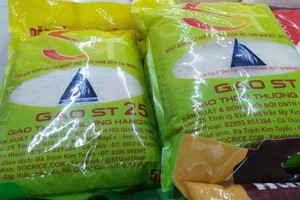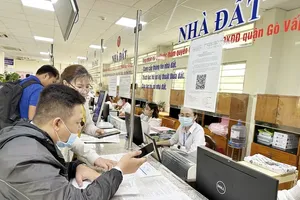Enterprises have achieved export growth through diversification into many new markets. A representative of the Ministry of Industry and Trade said that by the end of April, Vietnam's total export turnover reached US$140.34 billion, an increase of 13 percent over the same period in 2024. Although exports to the US showed signs of slowing down, the overall turnover still grew thanks to compensation from other markets.
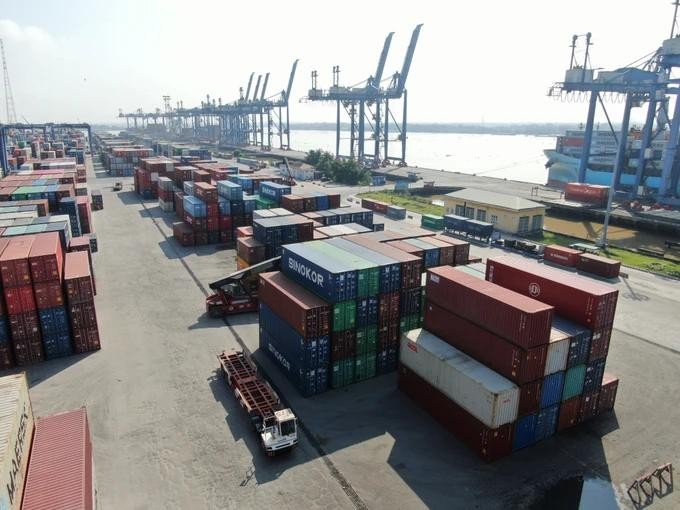
Specifically, exports to China reached $18.1 billion, up 2.1 percent while the EU reached $18.5 billion, up 12.8 percent; Japan reached $8.5 billion, up 12 percent and South Korea reached $8.9 billion, up 9.1 percent against the same period.
Exports to China saw a notable increase, driven primarily by a strong rebound in demand for food and seafood in this billion-consumer market starting in the second quarter of 2025. High-demand items such as shrimp, pangasius, and tropical fruits continued to dominate, capitalizing on the benefits of free trade agreements like ASEAN–China and RCEP, said Mr. Nong Duc Lai of the Vietnam Trade Office in China.
In the UK market, thanks to the effectiveness of the Free Trade Agreement between the UK and Vietnam (UKVFTA), export turnover continued to grow strongly, especially in machinery, equipment, textiles and footwear. The Canadian market, thanks to the Comprehensive and Progressive Agreement for Trans-Pacific Partnership (CPTPP), also recorded an increase of more than 13.5 percent in 2024 and continued to maintain the growth momentum in 2025. In addition, countries in the ASEAN bloc, India, and the Middle East and Africa are emerging as potential directions for Vietnamese businesses.
Recently, many businesses in the seafood, textile, wood and food industries have paid attention to exploiting markets such as Brazil, Latin America and the Middle East. According to Vice President Truong Van Cam of the Vietnam Textile and Apparel Association, Vietnam’s textile and garment exports remain concentrated in major markets. However, effectively expanding into emerging markets such as the EU, Canada, Mexico, and the Middle East is an urgent priority to enhance the industry's resilience. Many enterprises have proactively engaged in international trade fairs, leveraged online commerce platforms, and tapped into potential beyond the traditional US and EU markets. As a result, export turnover has continued to show strong growth momentum.
General Director of Saigon Trading Group (Satra) Lam Quoc Thanh said that Japan and South Korea have emerged as crucial export destinations for Vietnamese businesses. These markets offer more stability and are less impacted by protectionist policies. For instance, Satra member enterprise Cofidec has successfully exported 80 percent of its agricultural and food products to Japan, with 10 percent going to South Korea and the remaining 10 percent to other countries.
General Director Lam Quoc Thanh emphasized that they are continuing to seek customers and develop new markets such as Africa and the Middle East, countries with free trade agreements (FTAs) to take advantage of tax incentives.
Vietnam’s recent success in tapping into new markets can be largely attributed to its market diversification strategy and the adaptability of its business community. The signing and implementation of next-generation free trade agreements (FTAs) such as the EVFTA, CPTPP, UKVFTA, and RCEP have significantly expanded opportunities for Vietnamese exports. At the same time, domestic industries have been strengthening internal capacity by investing in deep processing, enhancing value addition, ensuring traceability, and aligning with international environmental standards.
However, to sustain long-term growth, economic experts emphasize that Vietnamese enterprises must accelerate the professionalization of international trade promotion, fully leverage cross-border e-commerce, and take a more active role in higher segments of the global value chain.
Professor Tran Ngoc Anh from USA-based Indiana University voiced his opinion that the State also needs to continue to improve the mechanism to support small and medium enterprises, create conditions for access to preferential capital sources; shorten tax refund procedures, certify international standards to reduce costs and risks when enterprises enter new markets. In addition, strongly developing the domestic market through consumer stimulus policies and developing logistics infrastructure will be important factors to help Vietnam build a safe buffer zone.
Regarding the orientation of supporting the business community, Chairman Nguyen Ngoc Hoa of the Ho Chi Minh City Business Association (HUBA), said that one of the important solutions at present is to strictly control FDI capital flows, ensure transparency of goods origin, and strongly encourage domestic enterprises to invest in technology, brands and value-added service sectors. The challenge is also an opportunity for Vietnam to restructure its growth model.
Enterprises are rapidly transforming, focusing on increasing the localization of their products, investing in design, building brand equity, and developing professional after-sales services.
This is not only an urgent requirement to increase added value, but also a key factor for Vietnam to assert its position in the global supply chain.
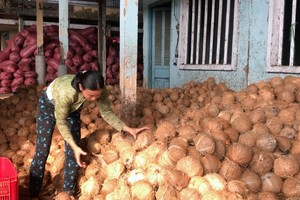



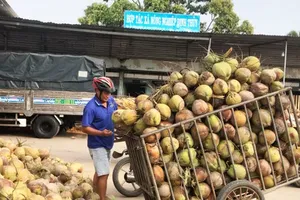
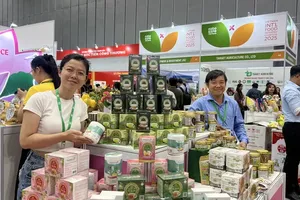






)

)
